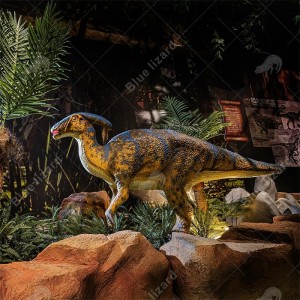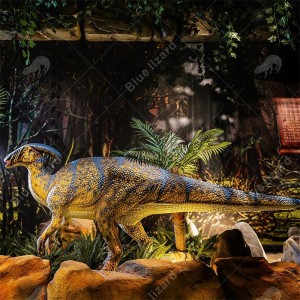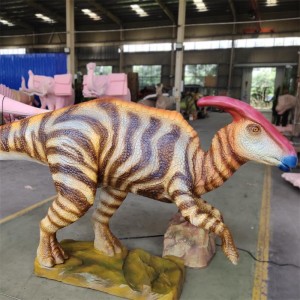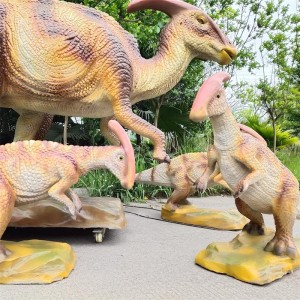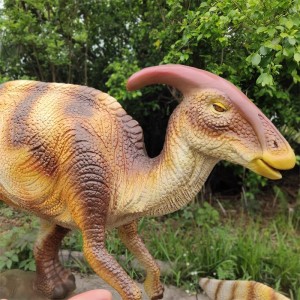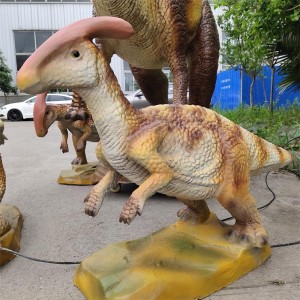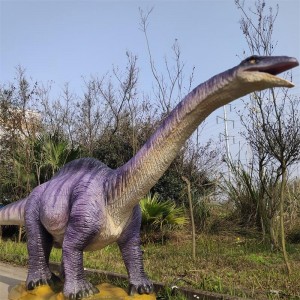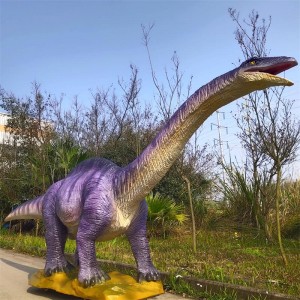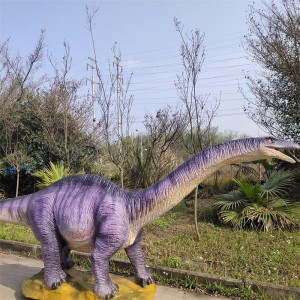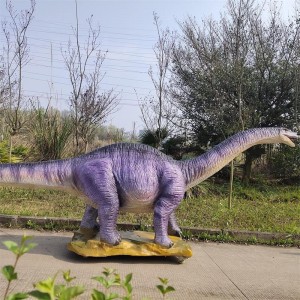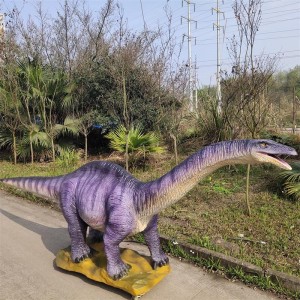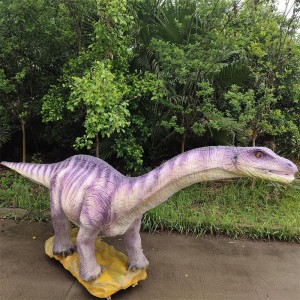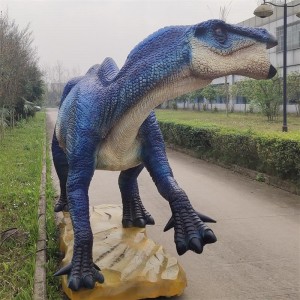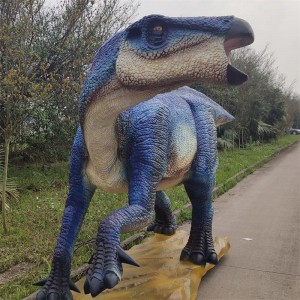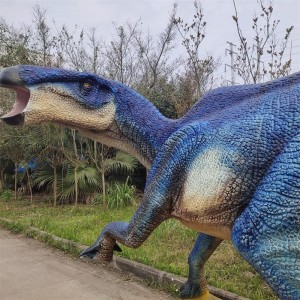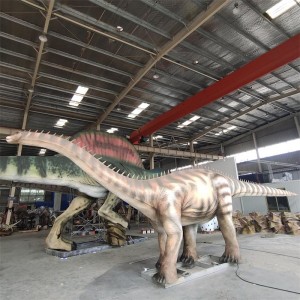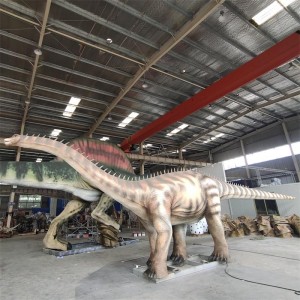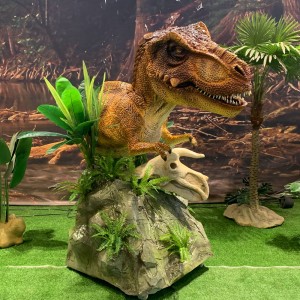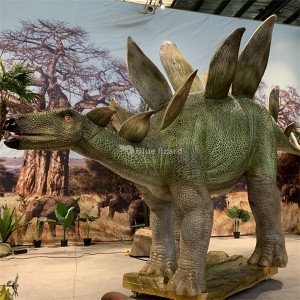Parasauralopholus Animatronic Dinosaur Model Products
PRODUCT DESCRIPTION
Sound: Dinosaur roaring and breathing sounds.
Movements:
1. Mouth open and close synchronize with sound.
2. Eyes blinking.
3. Neck moves up and down.
4. Head moves left to right.
5. Forelimbs move.
6. Belly breathing.
7. Tail sway.
8. Front body up and down.
9. Smoke spray.
10. Wings flap.(Decide which movements to use according to the size of the product.)
Control Mode: Infrared Sensor, Remote control, Token coin operated, Customized etc.
Certificate: CE, SGS
Usage: Attraction and promotion. (amusement park, theme park, museum, playground, city plaza, shopping mall and other indoor/outdoor venues.)
Power: 110/220V, AC, 200-2000W.
Plug: Euro plug, British Standard/SAA/C-UL. (depends on standard of your country).


